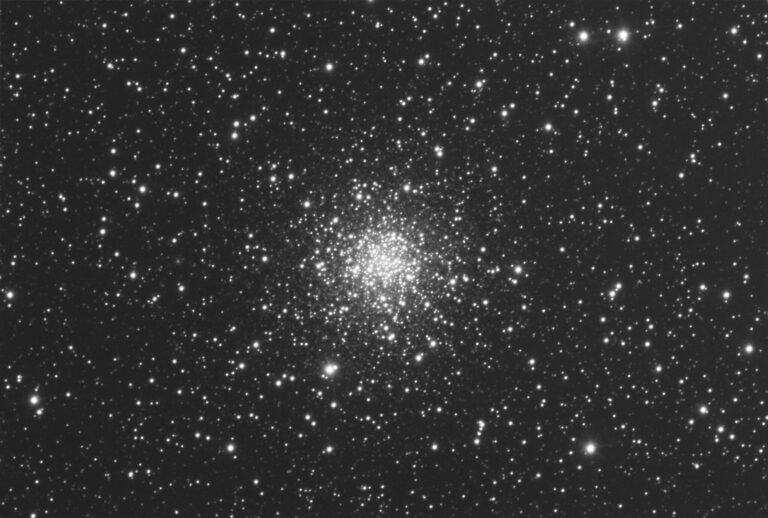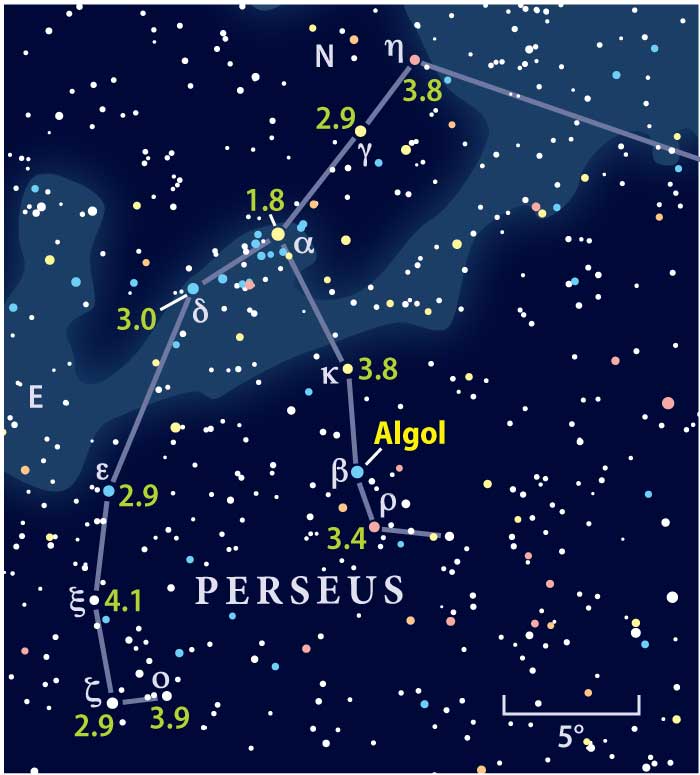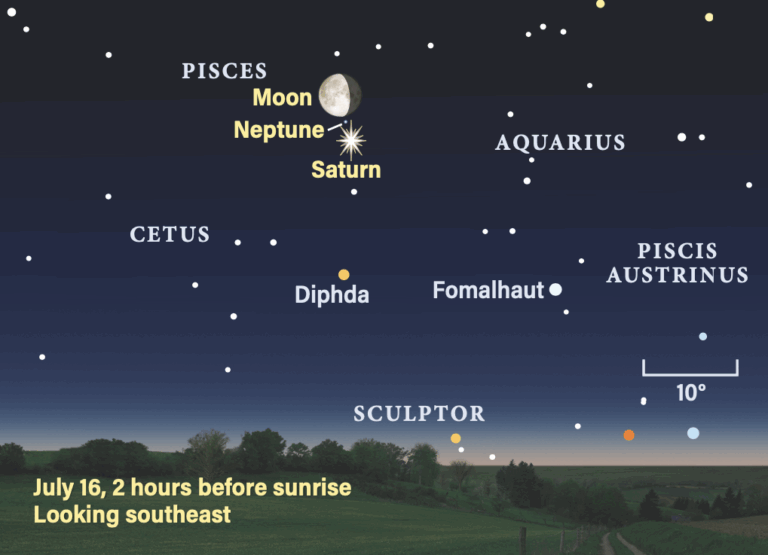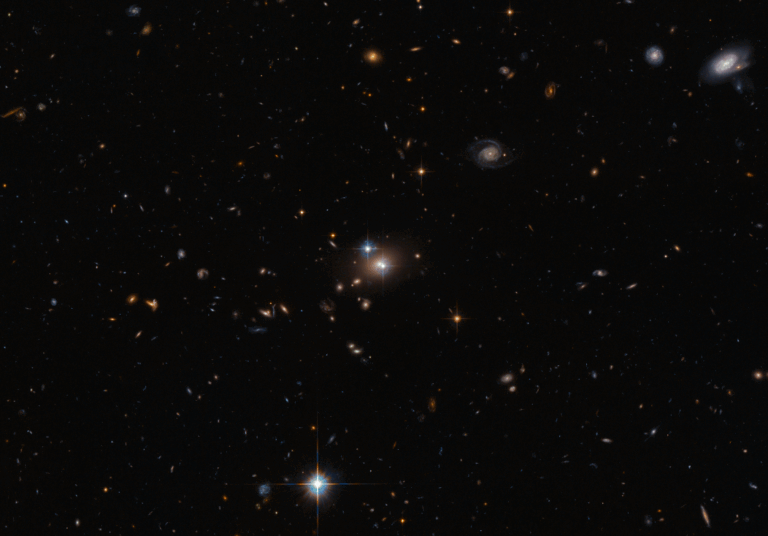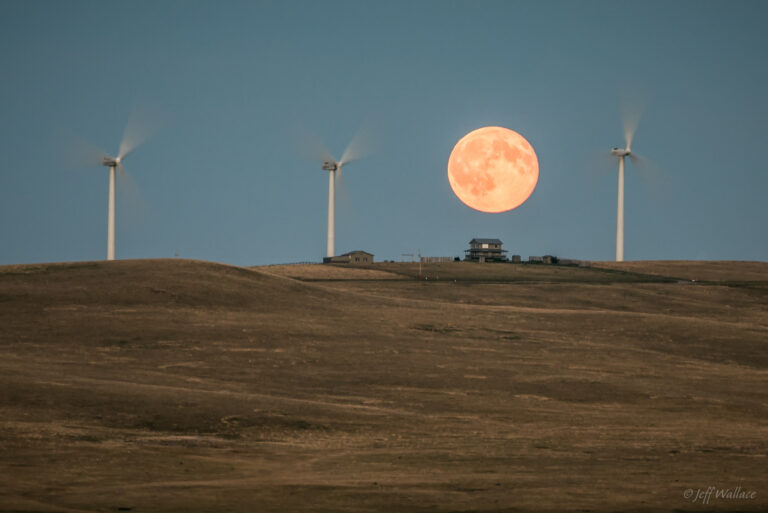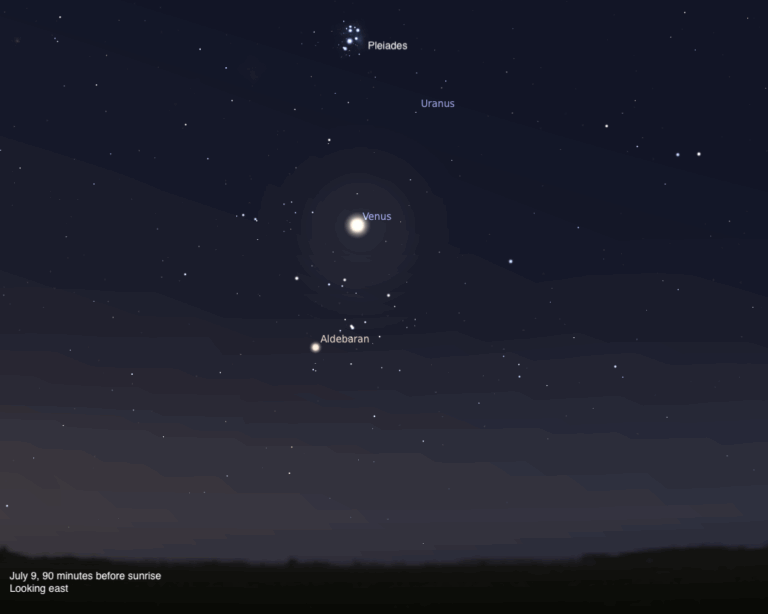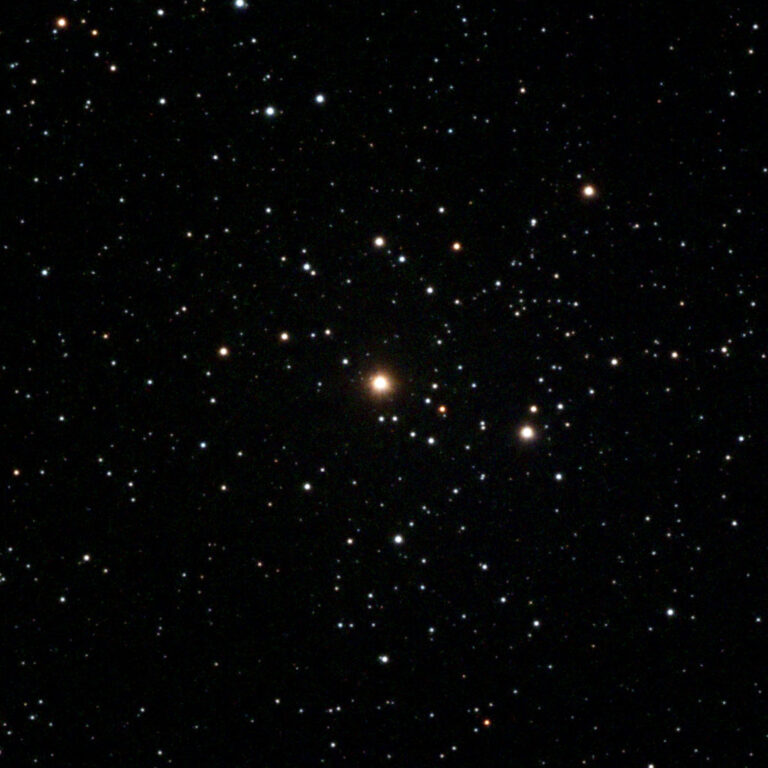Key Takeaways:
A series of close encounters among Mercury, Venus, Jupiter, and Saturn play out against the predawn sky in February and early March. March is also your chance to view the asteroid Vesta without optical aid — it peaks at magnitude 5.9 when it reaches opposition March 4 among the background stars of Leo. Mercury puts on its best evening show of 2021 in May. By mid-summer, Saturn is on full display, reaching opposition overnight on August 1/2. Jupiter appears best around its August 19 opposition. And autumn belongs to the ice giants Uranus and Neptune, which both reach opposition as the nights grow longer and cooler.
Comet 67P/Churyumov-Gerasimenko makes its closest approach to Earth of the 21st century this year. If predictions hold, it could reach 9th magnitude in October — within range of binoculars under a dark sky and a fairly easy target through telescopes.


